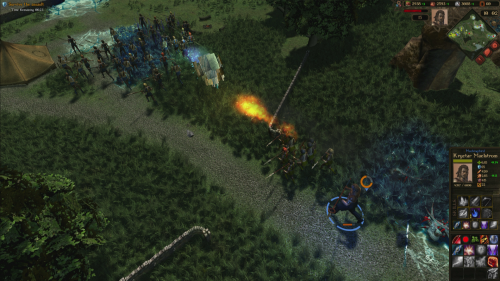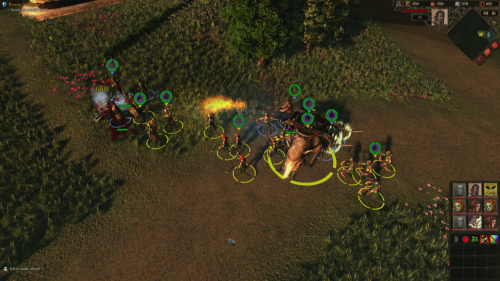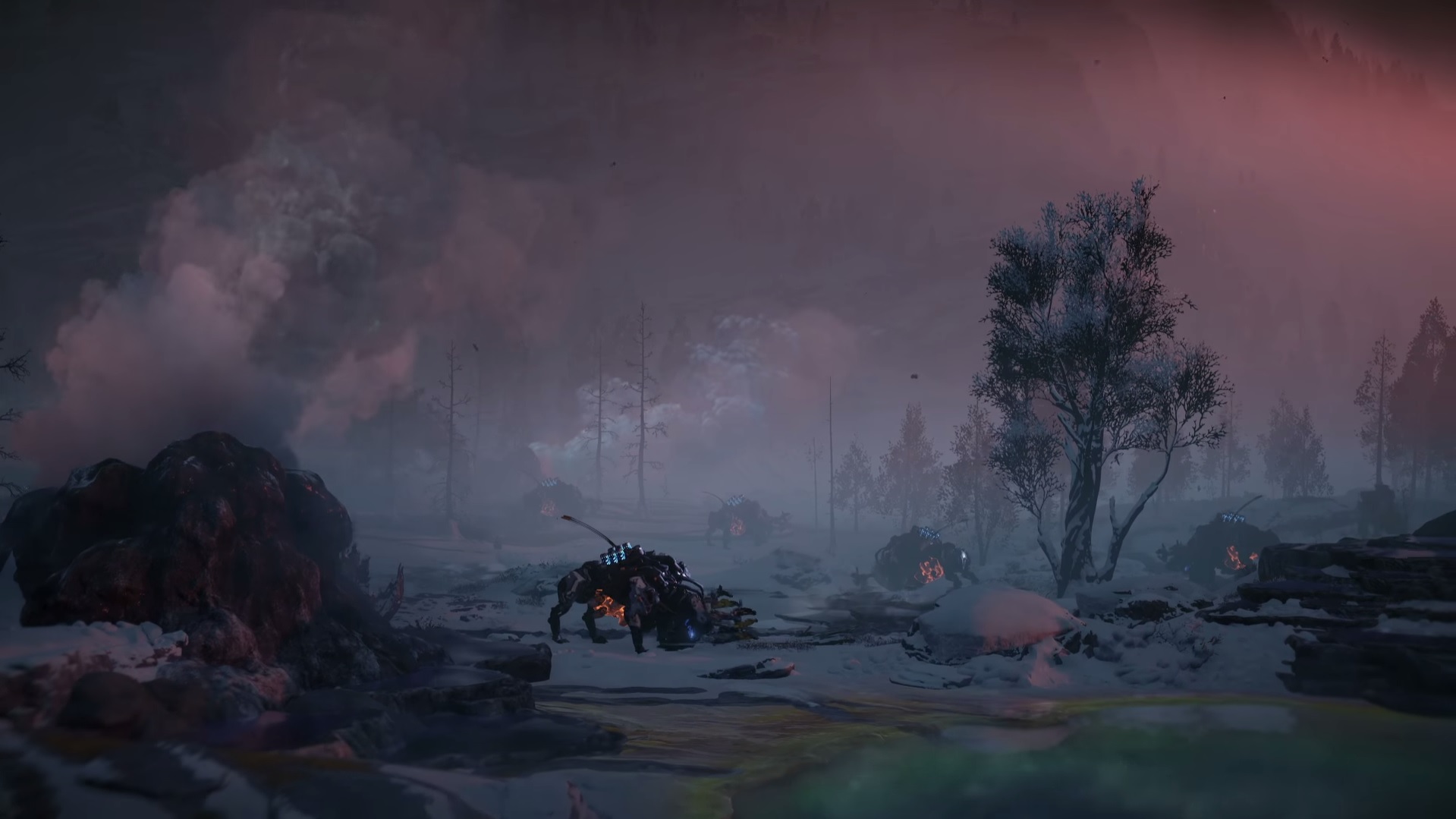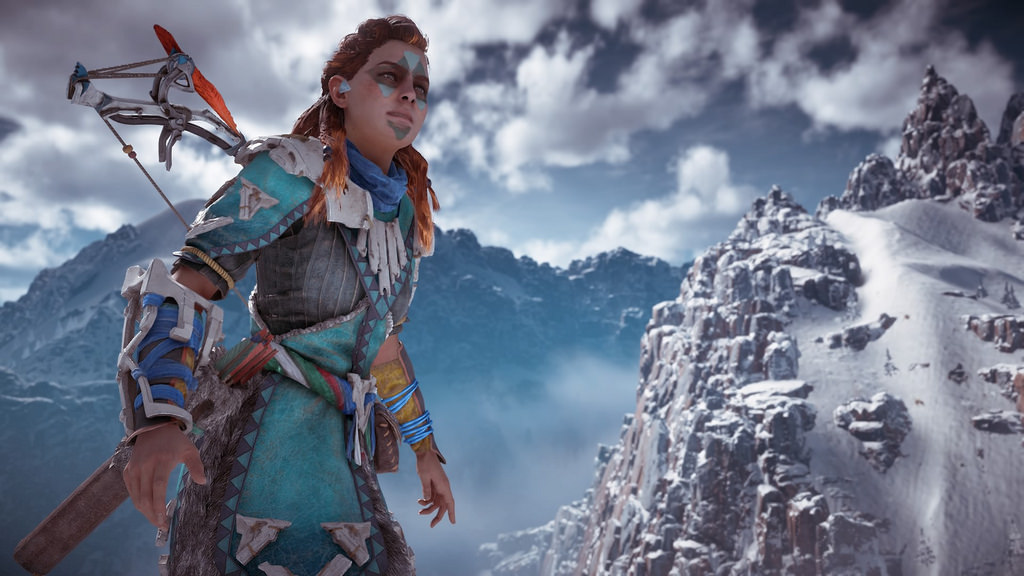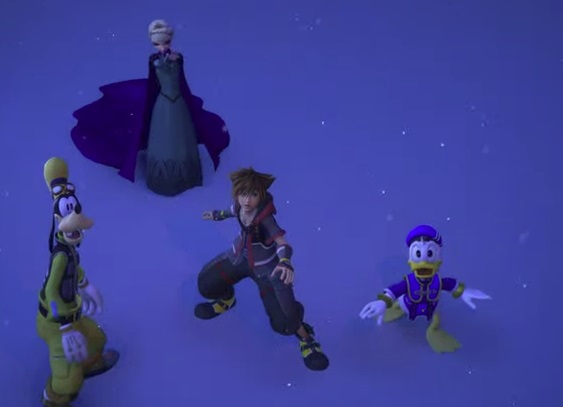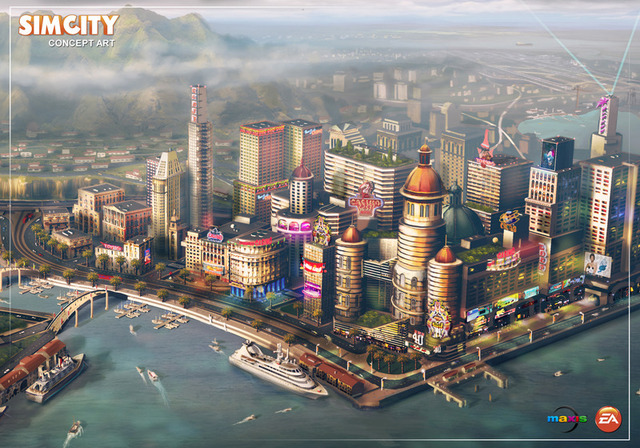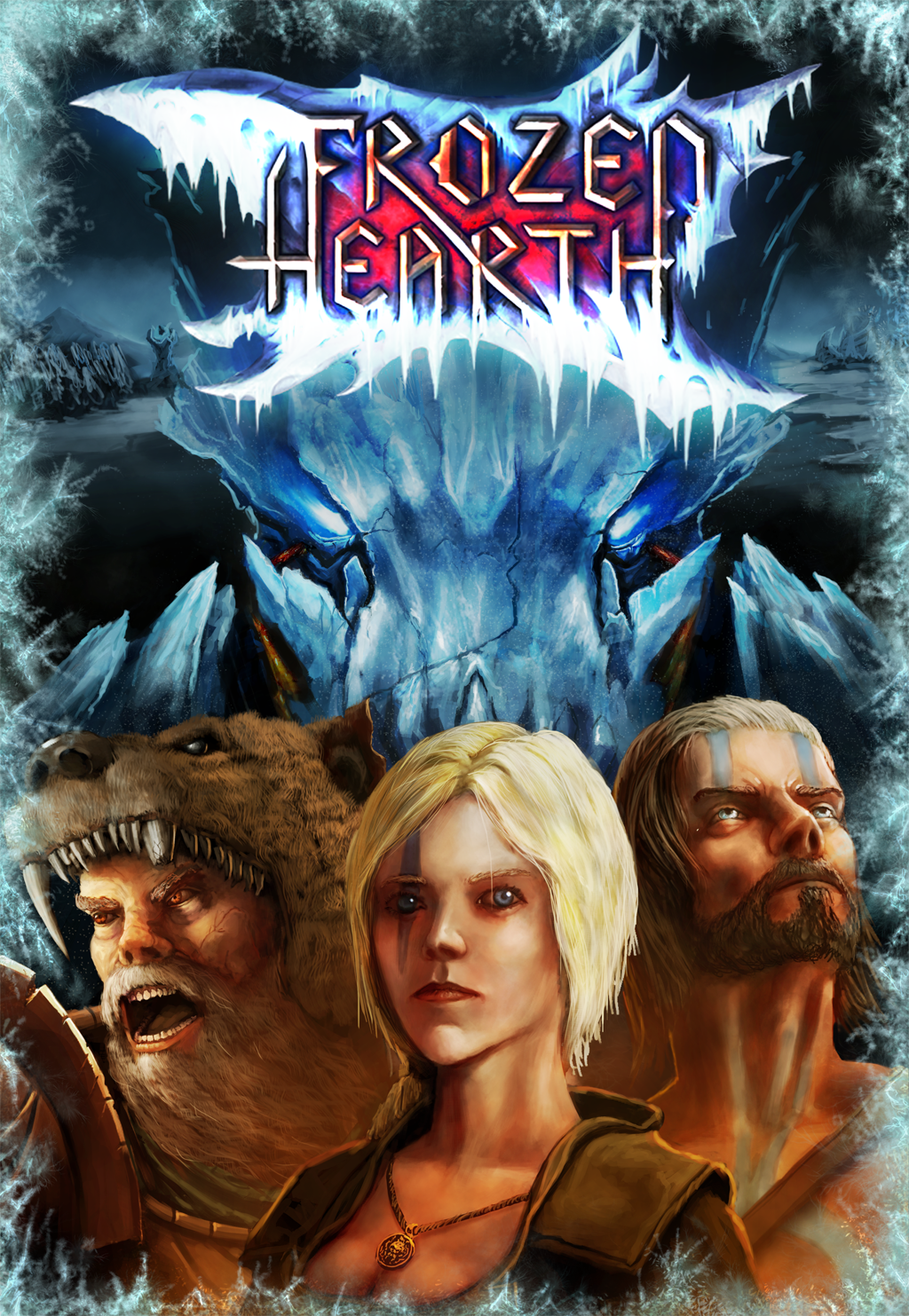
Real-time strategy games and I have a unique relationship. I freely accept that I am terrible at them, and they freely accept that I’m just there for the story. My problem. I suppose, is that what I want any RTS game to be is Simcity with guns, but what they tend to be is deeper and more nuanced than that, and I usually give up in frustration after the third or fourth mission. I do like RTS games, but I just lack the skill to be any good at them.
So when a review copy of Frozen Hearth showed up on my desk here at Rocket Chainsaw Towers, I was bemused, to say the least. The game was developed by Australia’s own Epiphany Games in Sydney, and is set in their Ámorrá universe, a medieval fantasy setting that’s shared with their iOS/Android title Runic Rumble and upcoming MMO Ámorrá: Teigh Sull.
Don’t go mistaking this setting for a clone of the Warcraft RTS games, however. Frozen Hearth is very much its own game, with its own way of working, and it’s fair to say that the only similarities to Blizzard’s titles are the fact they’re both RTS games in a fantasy universe. The story is centred on the Danaan people, who have been overrun by the Shengur, and are forced to flee their homeland. Unfortunately, the Shengur follow them, and so begins the campaign.
Graphically, the game is pretty rough. The character models all look like they could have walked out of an older version of Poser, and there’s little to really make them stand out. Terrain has a somewhat murky look to it that can make distinguishing units rather difficult, especially in the heat of battle. Combat looks clunky, and units have the annoying habit of standing on top of each other rather than spreading out in some kind of formation.
Frozen Hearth uses the capture-the-resource-node approach to resource gathering, eliminating the need for collection units and simplifying the gameplay. Unfortunately, it also removes a lot of the challenge regarding resource management from the game, as the nodes simply give you resources without any additional effort. Not only that, but, although there are three resource types, all of them are generated by the same nodes, so there’s no need to capture, say, a wood node and a metal node. This kind of makes the idea of different resource types pointless, as you simply have to wait for everything to build up.
Your base consists of a single building to which all other buildings are attached, which has the advantage of keeping things nice and neat, but also restricts you to six buildings at any one type. As you progress, you simply replace the existing buildings with more advanced versions, rather than upgrading them. A section of the building is reserved as the default location for units to appear.
The game uses the concept of a player avatar, similar to Total Annihilation and the Supreme Commander games. As in those games, the death of your avatar (which is actually called an avatar in Frozen Hearth) will result in losing the mission in the campaign. This is actually pretty frustrating as the avatar is quite fragile, and the AI has an annoying habit of targeting it while ignoring other units attacking them, meaning you constantly have to switch between directing your units and controlling your avatar in combat situations.
Overall, I found the actual game to be a pretty frustrating and underwhelming experience. The visual quality (which, to be fair, has some pretty nice lighting effects) could be overcome by engaging RTS mechanics, but it falls short, either borrowing ideas from other games without fully realising why they worked so well, or adding ideas of its own that just aren’t fun to work with.
While it would be pretty unfair to compare this game to current RTS juggernaut Starcraft 2, it’s also impossible to recommend it to someone if they’re looking for some RTS action over that game, which is very much the current king of the genre. A fairer comparison is probably the aforementioned Chris Taylor RTS titles (TA and SupCom), and it feels to me that this game was designed by people who liked those titles (and, perhaps, the Myth games). Unfortunately, it’s a pale shadow of those classics.
The good news is that Epiphany Games clearly have their hearts in the right place, and the world of Ámorrá looks to be quite an interesting one. It’s just a shame that Frozen Hearth can’t do it justice.
Ámorrá is a great setting | Developed in Australia
Visuals | Voice acting | Everything else

